What to Look For When Hunting VINTAGE Cast Iron Cookware
Last week I talked about why you want to cook with cast iron cookware. I’ve since heard from some of you saying that you appreciated the information and are really interested in knowing more about this wonderful cookware.
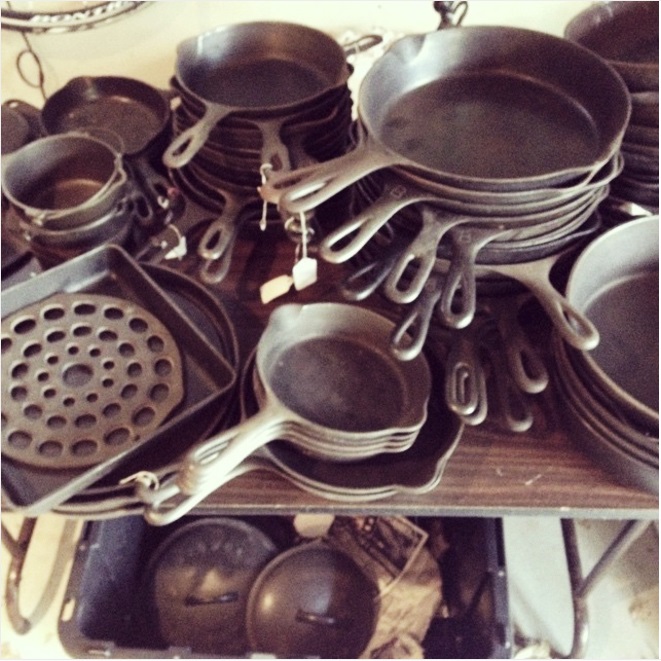
This made my day. Since my enthusiasm for this stuff just doesn’t quit, I thought I’d follow up with some facts on what to look for when buying cast iron. I’m speaking of the old, vintage cast iron, though.
I have loved my newly made cast iron pan; it has served me well for many years. But now that I have immersed myself in the world of vintage cast iron, I am sold — hook, line, and sinker. The good news is that you don't need to fork over a monthly paycheck to experience the joys of cooking on an heirloom piece.
Here's our guide to buying vintage cast iron that I found on a favorite site, Kitchn (www.thekitchn.com):
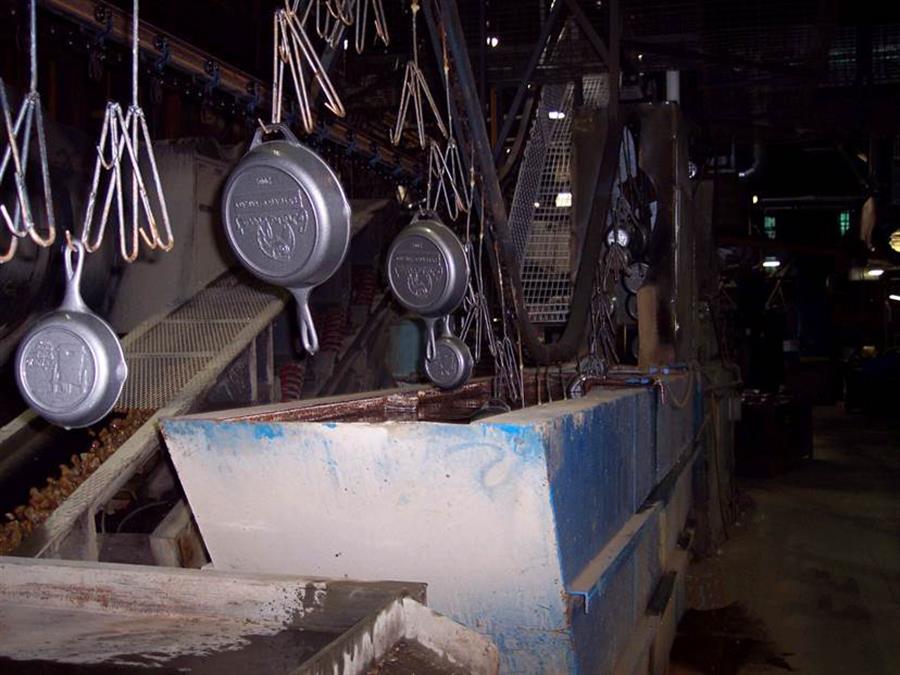
First, the definition of VINTAGE. Any pan made before 1957 is considered vintage. There were several major manufactures of cast iron cookware from the 1800s to the early 1900s. These include Wagner, Griswold, Birmingham Stove & Range, and Lodge.
Many foundries produced pans to be sold under other company names such as Sears and Montgomery Ward or unmarked versions for hardware, department, and building supply stores. These pans were similar if not equal in quality to the name brands. They are not considered collectables, but they can be purchased for a fraction of the price. (The Cast Iron Collector, www.castironcollector.com, is a great resource for learning more about vintage cast iron pans.)
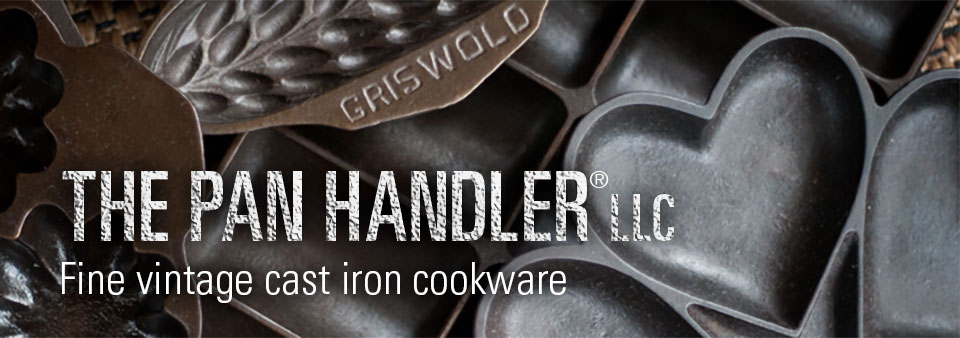
Next, how to buy vintage cast iron. There are a couple different approaches to take. The easiest and most reliable way is to skip the hunt and have a dealer do the dirty work for you. You'll know exactly what you're buying, will end up with a quality piece of cookware, and can start cooking in a mint vintage pan tomorrow — no stripping, cleaning, or seasoning required.
You will, however, likely pay a premium for a refurbished pan from a dealer. Prices will vary depending on the style, age, and quality of the piece, with a starting point at around $75 and upwards from there. Here are some reliable, trusted cast iron dealers:
The Pan Handler (www.thepan-handler.com)
Wrinkled Willy Treasures (www.wrinkledwillytreasures.com)
Cast Iron Guys (www.castironguys.com)
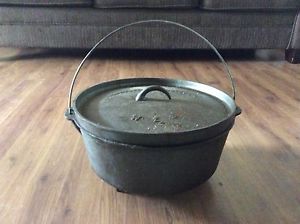
Another option is eBay, which can be a good resource for restored pieces, but you have to be a bit savvy. (Pan Handler Mary Thiesen has a few words of sage advice.)
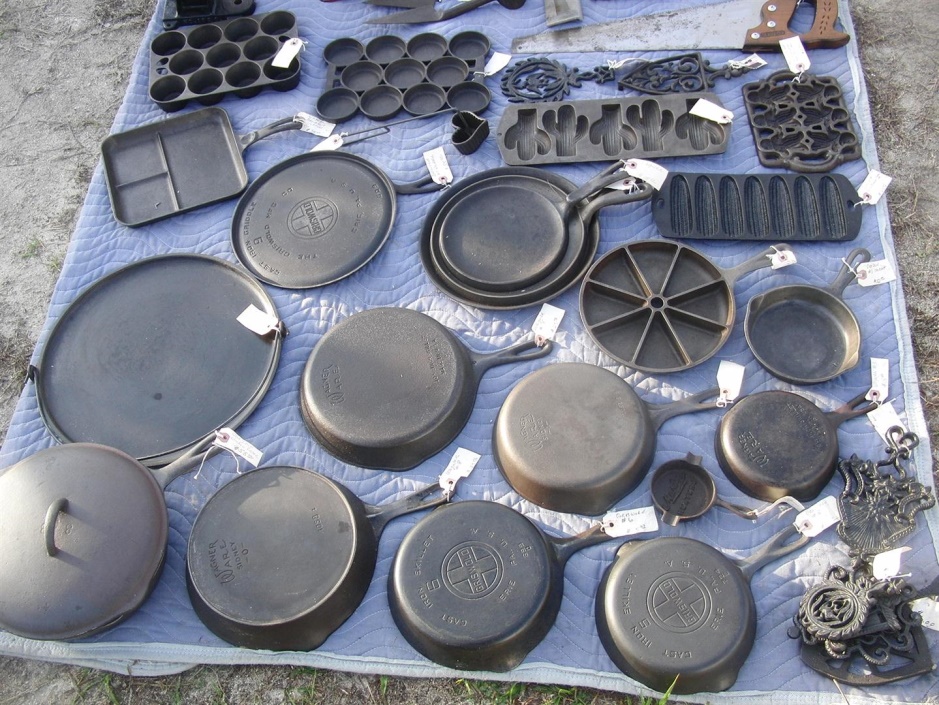
But in my opinion, the best (and most fun) way to bring vintage cast iron into your kitchen is to scour flea markets and yard sales for crusted-over old relics. If you're lucky, you may end up with a cool vintage pan for $20.
On the other hand, you could put in time and energy to strip down years of rust and grime, only to realize the pan has a crack and is unusable. But you can minimize the risk if you know the 3 things to look out for when buying vintage cast iron. I’ll close with these and wish you the best in your hunt. (Maybe we’ll run into each other along the way; let’s be sure to compare notes!) Meanwhile, here’s to successful and fun cast iron cooking!
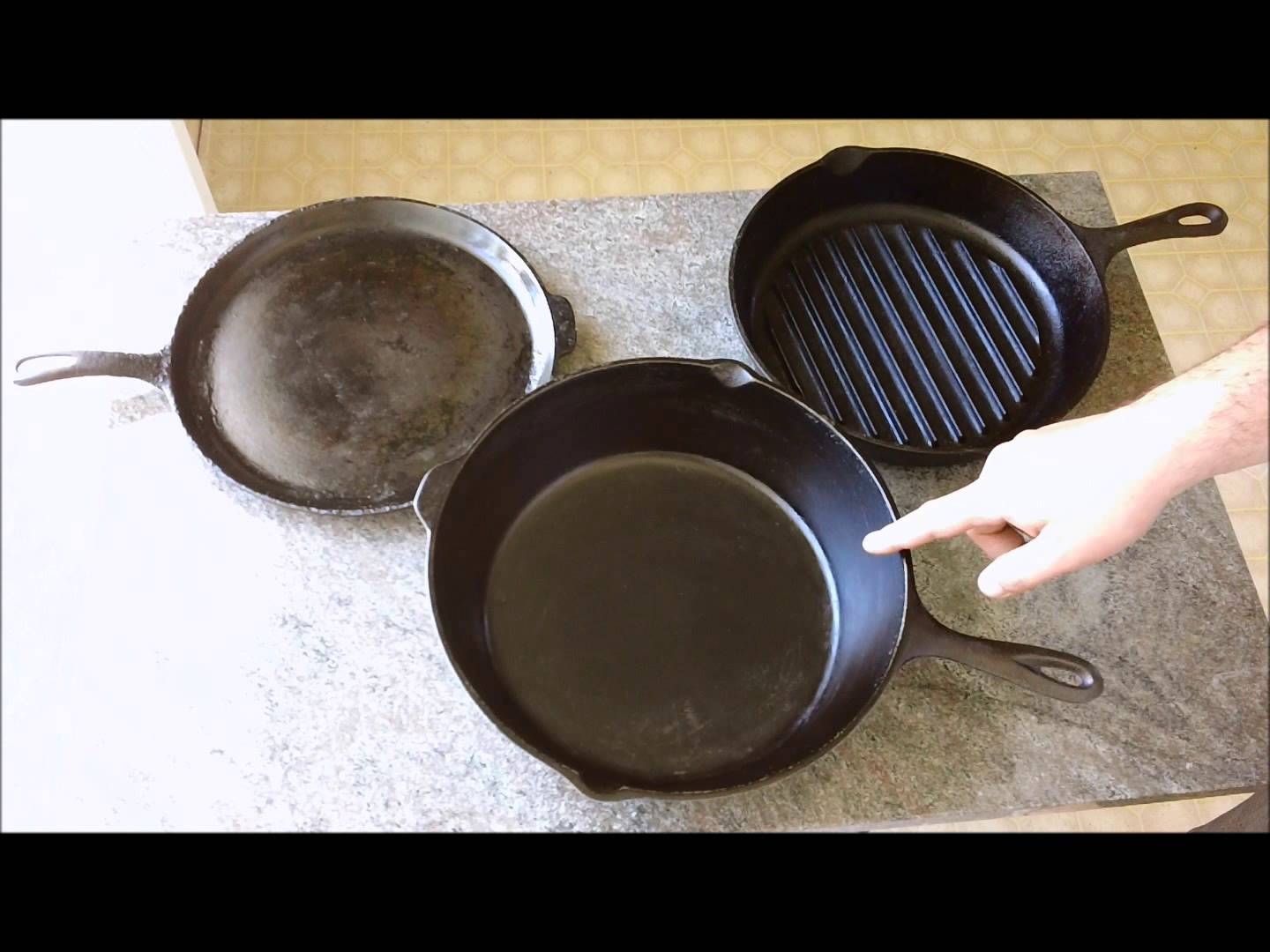
1. WARPING. Check to see how flat the pan lies and to see if there is movement when pressing along the upper edge. A small amount of movement is pretty common, especially with larger pans, and shouldn't be a major concern. If you are using a flat cooktop, like a convection or electric, the flatter the pan, the better it will work. A pan that rocks and spins a bit is best used for a raised burner, outdoor cooking, or for baking. If there is too much warpage, you might want to pass.
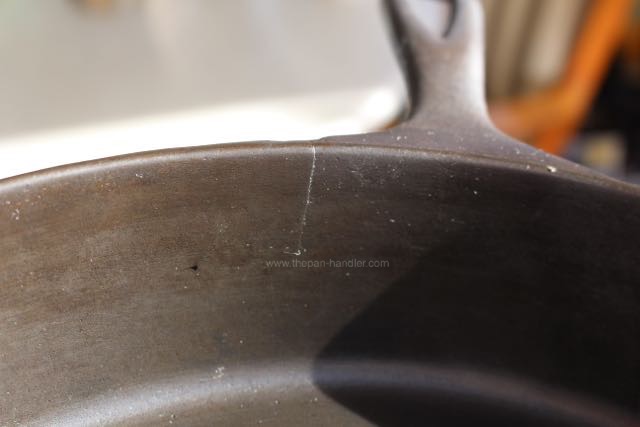
2. CRACKS. Some cracks are easily visible, while others may be buried under layers of rust and seasoning. A good way to check for hidden cracks? Tap the bottom with your knuckles. A solid, crack-free cast iron pan will ring with a bell-like resonance. What you don't want is a pan that sounds dull like a cheap piece of tin.
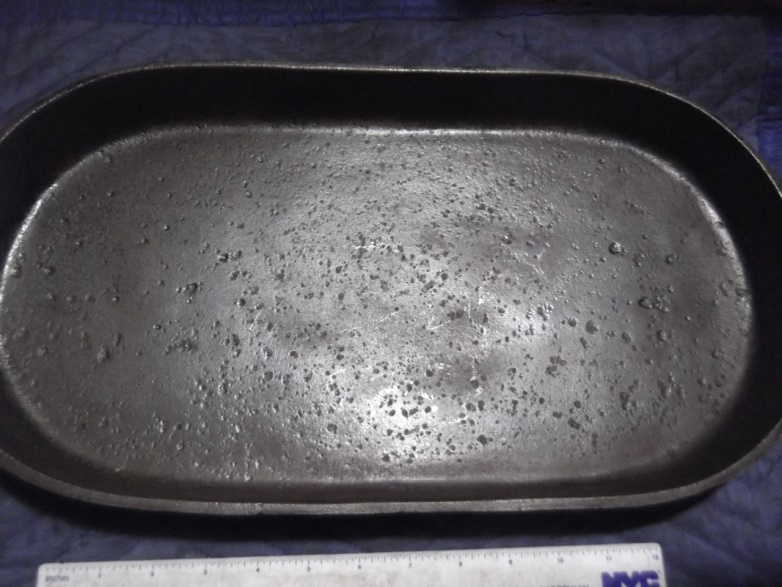
3. PITTING. It's best to avoid cookware with any more than a tiny amount of pitting on the cooking surface since it can make it more difficult to get a good, even layer of seasoning.
- www.estatesales.org
- www.lodgemfg.com
- www.pan-handler.com
- www.ebay.com
- www.youtube.com
- www.viewsnewsbbqa.ca
- www.castironguys.com
 Alice Osborne
Alice Osborne
Weekly Newsletter Contributor since 2006
Email the author! alice@dvo.com
